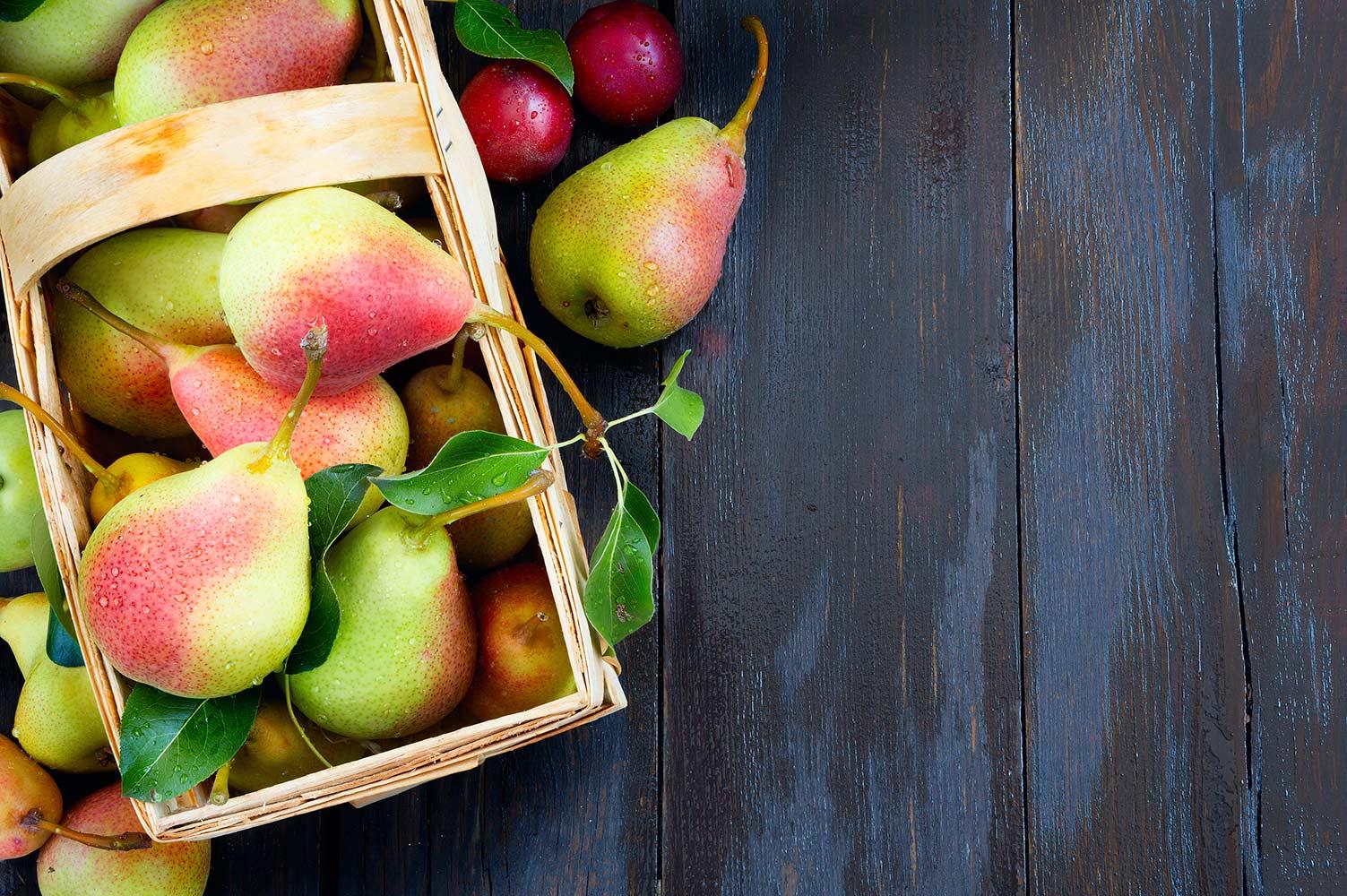
AP Stats
Gathering Data Review: Chapters 10-12
Getting good data is essential to any investigation...
- The way you gather data depends on what you want to find out and what is practical
- To find out what may happen in a real situation, use a simulation using random numbers.
- To answer questions about a target population, collect information from sample using a poll or survey.
- To collect information from a sample of the target population, do an observational study.
- To see how different treatments may affect a response variable, design an experiment.
Chapter 10 Understanding Randomness
chapter 11 - randomness
AP Stat ST#11 Simulations
Chapter 11 - Sampling Methods
Chapter 12 - Bias
Chapter 12 - randomization
Chapter 12 - sampling methods
Chapter 12 Experiments and Observational Studies
Observational Studies
Observational studies collect information from a sample drawn from a target population.
- Retrospective studies examine existing data
- Prospective studies identity subjects in advance, then follow them to collect data as the data are created, perhaps over many years
- Observational studies can spot associations between variables but cannot establish cause and effect. It's impossible to eliminate the possibility of lurking or confounding variables.
- A lurking variable is usually thought of as a variable associated with both y and x that make it appear that x may be causing y.
- A confounding variable is associated in a noncausal way with a factor and affects the response.
Chapter 13 - experiments and observational studies (2)
Experiments
- Assign subjects to treatments randomly. If you don't , your results are not likely to be valid.
- Control known sources of variation as much as possible. Reduce variation that cannot be controlled by using blocking, if possible.
- Blocking is grouping similar experimental groups together.
- Replicate the experiment, assigning several subjects to each treatment level.
- If possible, replicate the entire experiment with an entirely different collection of subjects.
- A well-designed experiment can provide evidence that changes in the factors cause changes in the response variable.
Chapter 13 - experiments and observational studies
Chapter 13 - Blocking and Confounding
Assignments
- Friday, 2/24/17 - Chapter 12 Quiz (NO CELL PHONES SHOULD BE OUT!!) Once you have completed the quiz, turn in to Ms. Henry. Complete the "backhoes and Forklifts" Investigative task and turn in to the assignment box.
- Monday, 2/27/17 - Unit 3 Review. Complete pp. 331-332, #1-9. Write in complete sentences and turn in to the assignment box at the end of the period
- Tuesday, 2/28/17 - Unit 3 Review. Complete pp. 332-333, #10-18. Write in complete sentences and turn in to the assignment box at the end of the period
- Wednesday, 3/1/17 - Unit 3 Review. Complete pp. 333-333, #20-28 even. Write in complete sentences and turn in to the assignment box at the end of the period
- Thursday, 3/2/17 - Unit 3 Review. Complete pp. 335, #34-40 even. Write in complete sentences and turn in to the assignment box at the end of the period.
- Friday, 3/3/17 - We will review all questions in the Unit 3 Review and clarify misconceptions. You will have a Unit 3 Test on the following Monday.


